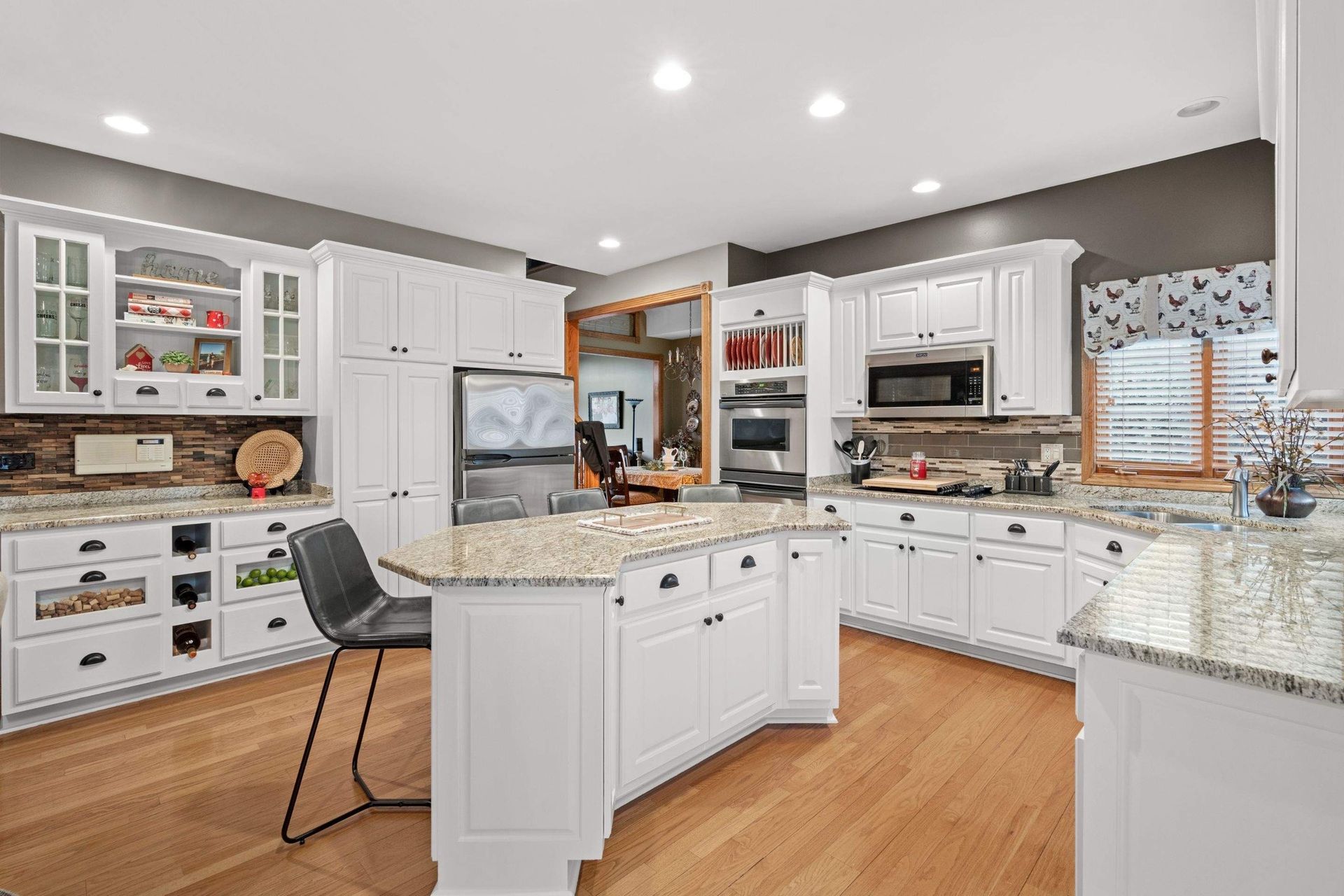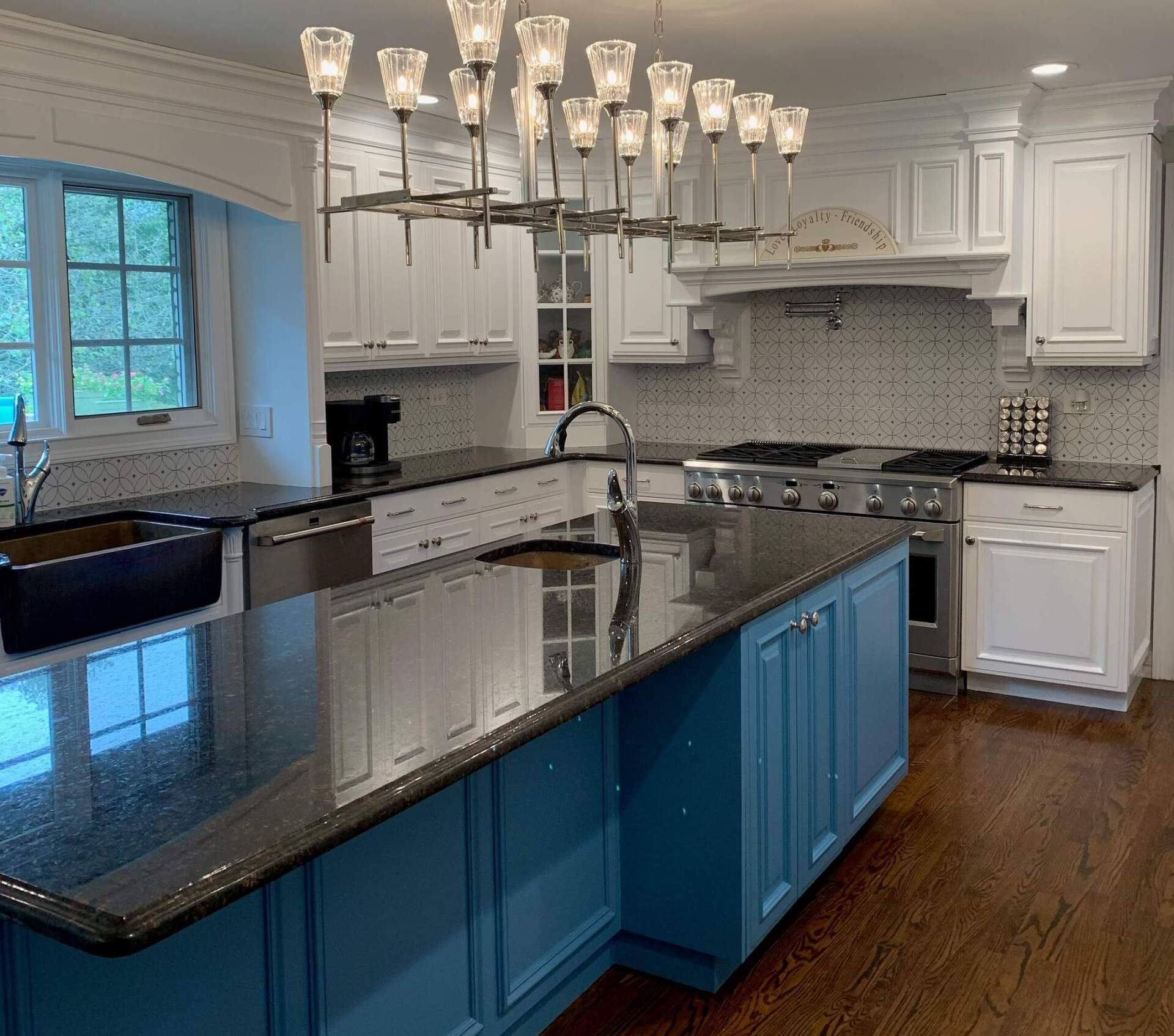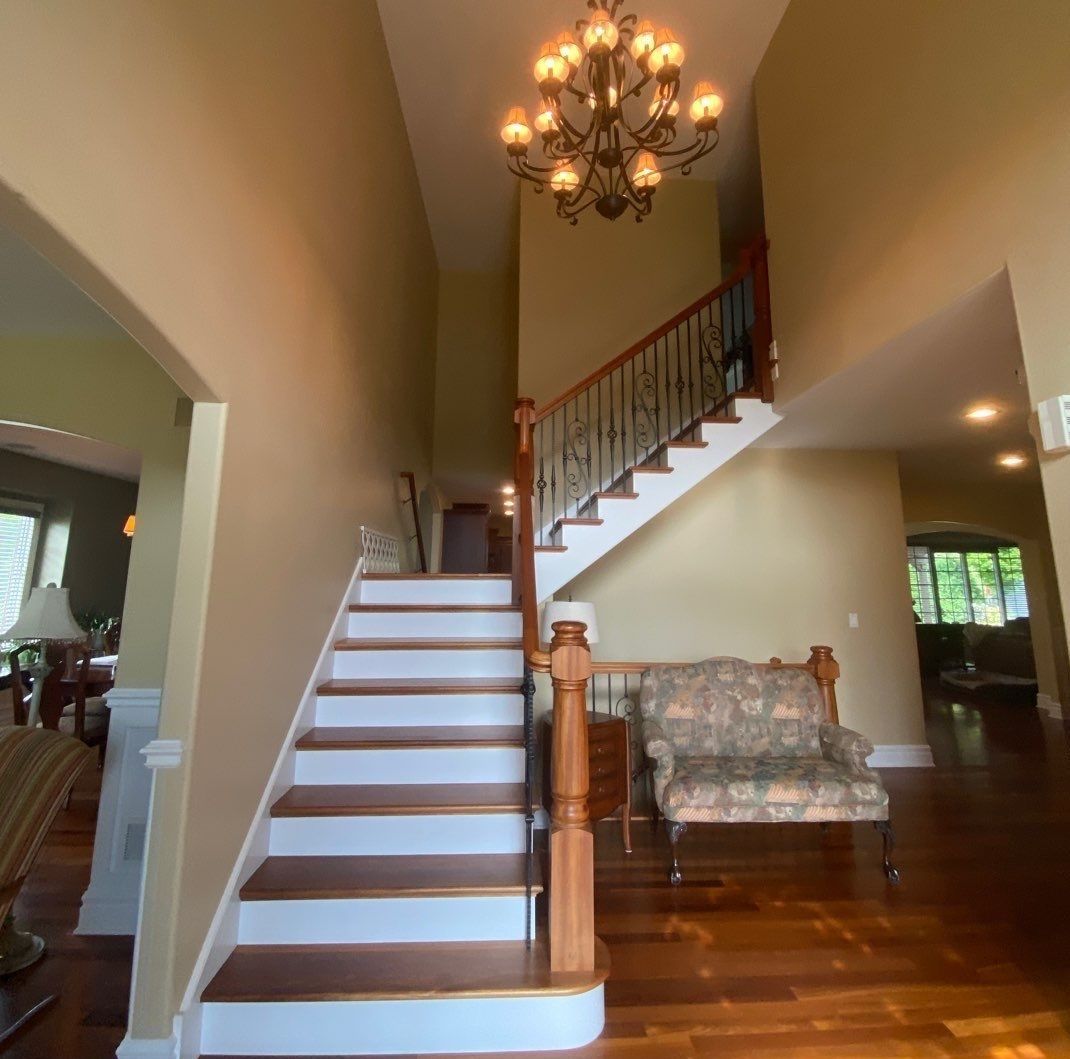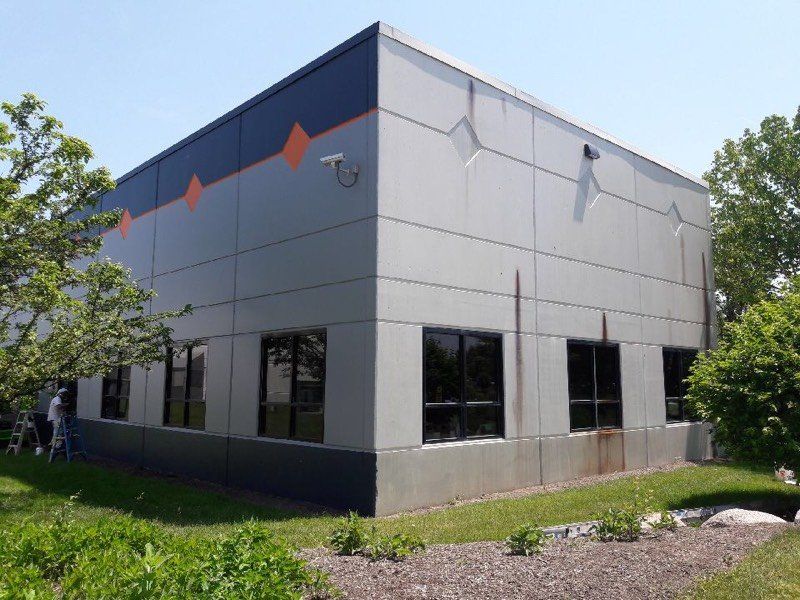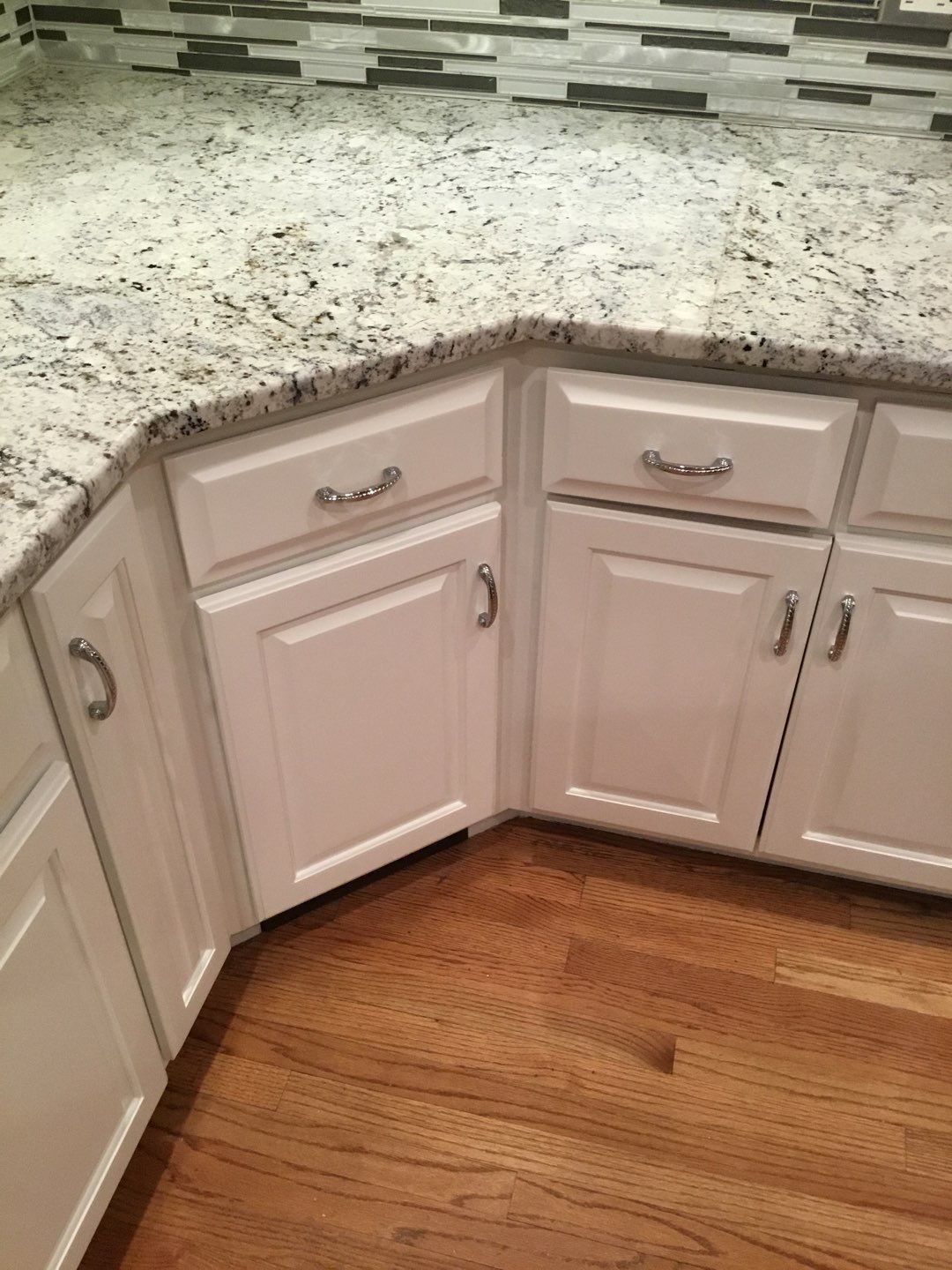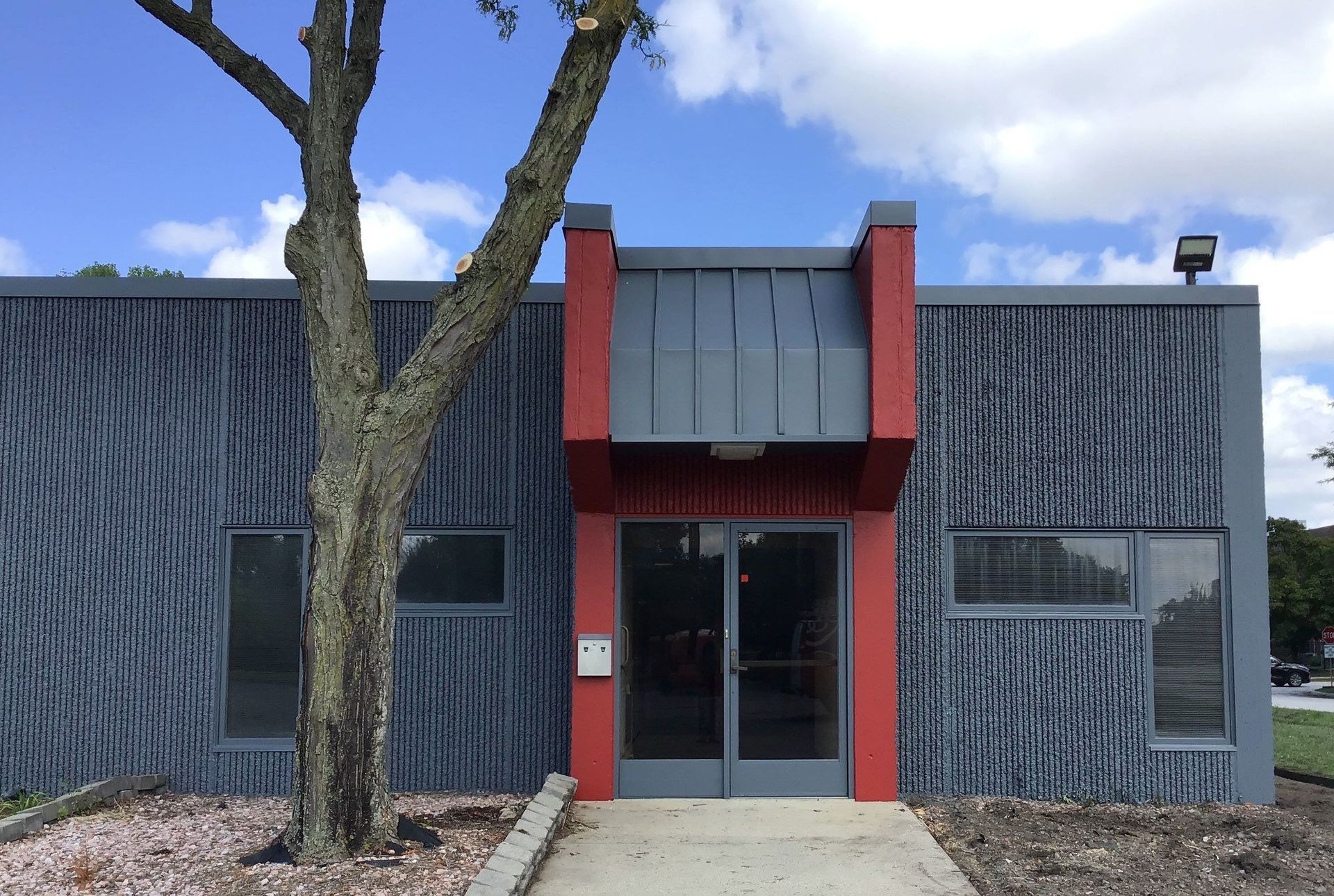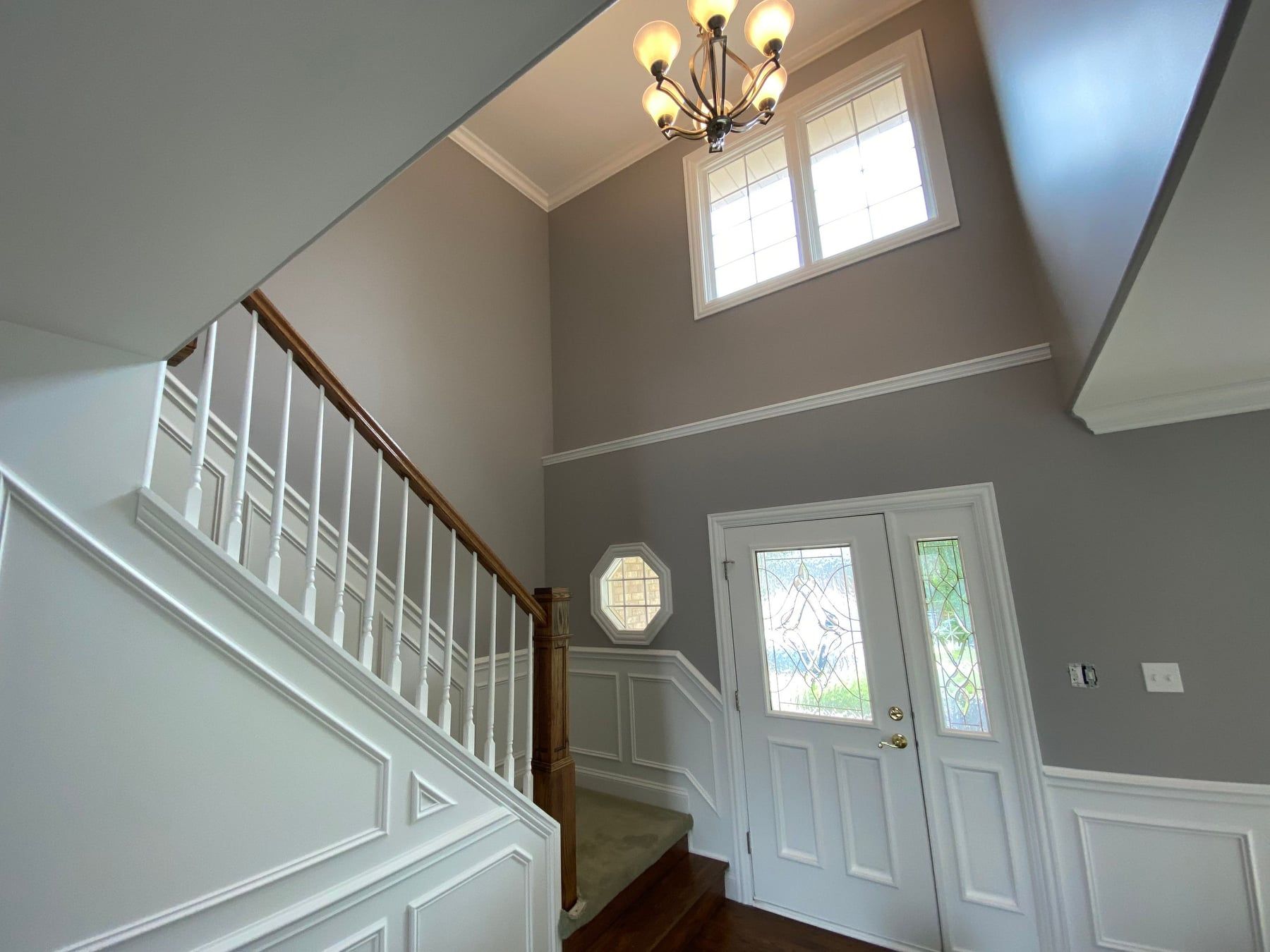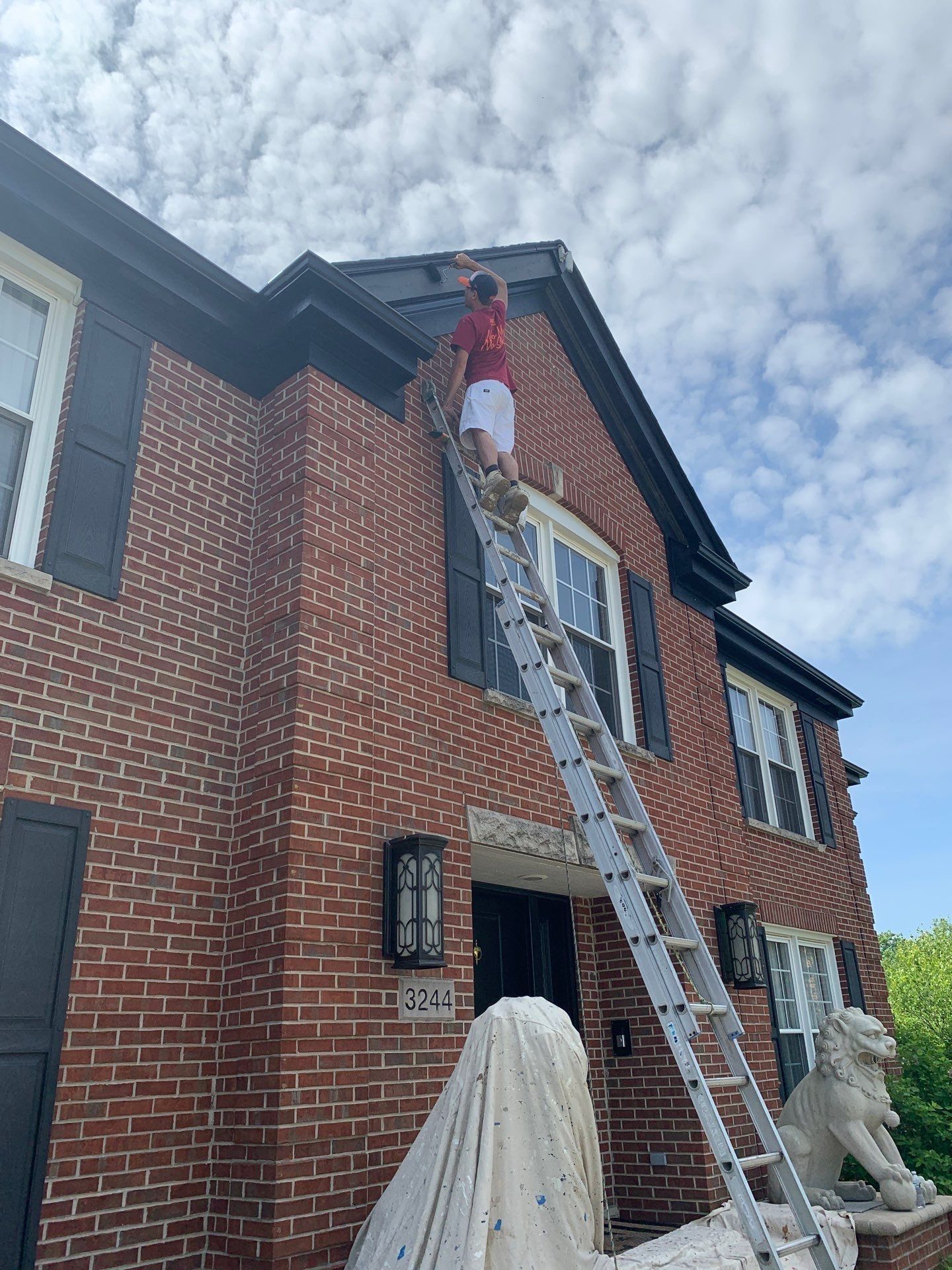How to Fix Common Paint Problems: Peeling, Cracking, and Bubbling
There are some things in life that are just hard to tolerate. Nails on a chalkboard, a leaky faucet, and of course, bubbling, cracking, or peeling paint. Sorry to make you have to even think about it!
Thankfully when it comes to paint, it can be fixed with the right approach and techniques. And, better still, there are preventative measures you can take to avoid the problem completely.
Why Does Paint Peel?
Ever wondered why paint peels? In brief, it's because the bond between the paint and surface starts to break down, causing the paint to flake away. Sometimes this is just because of old age but there are a number of reasons why paint might peel prematurely.
- Moisture Issues: Leaking pipes, damp walls, or high humidity can cause moisture to get trapped under the paint, leading to peeling.
- Improper Surface Preparation: Painting over a dirty, oily, or glossy surface without priming can lead to poor adhesion.
- Incompatible Paint Layers: Using latex paint over oil-based paint without proper surface preparation can also cause peeling.
Why Does Paint Crack?
Cracking paint is usually a sign of aging, but also can be caused by poor painting practices: For example:
- Over-Thinning the Paint: Adding too much water or solvent can weaken the paint, causing it to crack once dry.
- Excessive Coating Thickness: Applying thick layers or too many coats too quickly can cause cracks as the paint dries unevenly.
Why Does Paint Bubble?
Bubbling, or blistering, occurs when the paint forms bubbles and pulls away from the surface. This is often caused by:
- Trapped Moisture: If moisture gets trapped beneath the paint layer, it can form bubbles as it tries to escape.
- High Humidity or Heat: Painting in hot, humid conditions can cause the paint to dry too quickly on the surface while remaining wet underneath, leading to bubbling.
- Painting Over a Damp Surface: Applying paint on a wet or damp surface will often lead to bubbles as the moisture tries to evaporate through the paint.
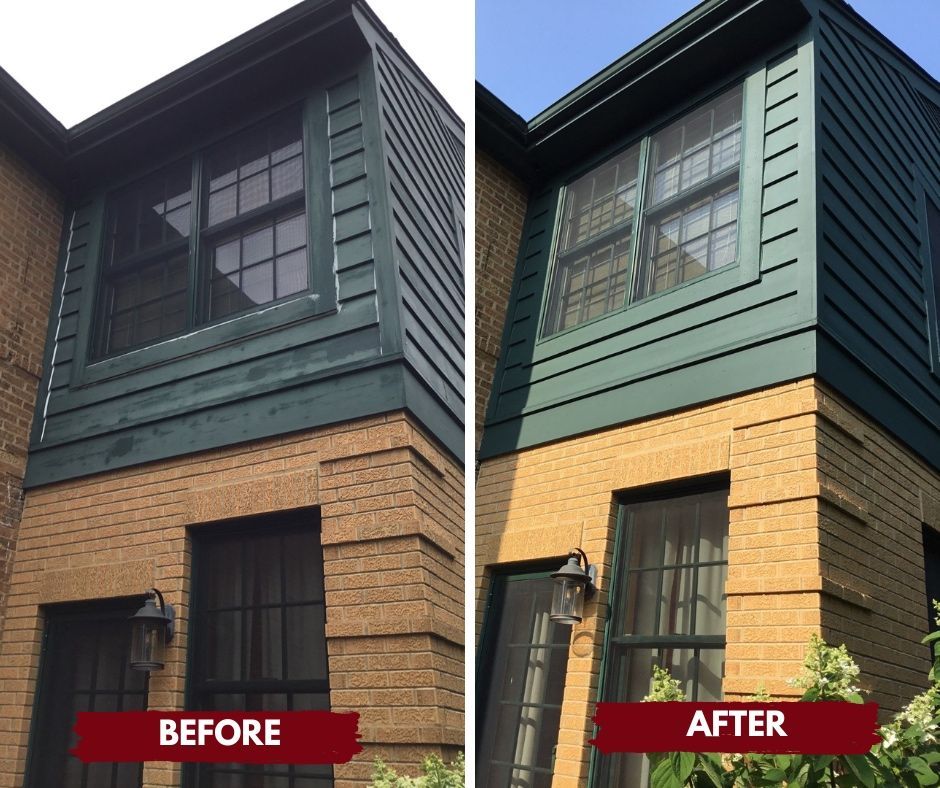
How to Fix These Issues When You Already Have Them
If you are reading this blog then you’re probably looking for more than just the science behind your failing paint, so let's get practical. It may be obvious but it's still worth mentioning: DON'T just paint over it. Trust us. It won’t go well. Instead do the following:
Assess the Damage: Begin by examining the affected area to determine how far-reaching the issues are. Look for underlying causes like moisture, improper surface preparation, or environmental factors that may need to be resolved first.
Remove Damaged Paint: Scrape away any loose, peeling, cracked, or bubbled paint with a scraper or sandpaper. It’s essential to remove all compromised paint to ensure a stable surface for repainting.
Sand the Surface: Sand the area to smooth out rough spots and feather the edges of the remaining paint. This will help create an even surface that’s ready for priming and repainting.
Clean and Dry: Wipe the surface clean with a damp cloth to remove dust, dirt, and debris. Allow the area to dry completely before moving on, especially if moisture contributed to the original problem.
Prime the Surface: Apply a high-quality primer that suits the surface (such as a moisture-resistant primer for damp areas). Priming will help the new paint adhere properly and reduce the risk of future issues.
Repaint: Reapply paint in thin, even coats, ensuring that each layer dries fully before applying the next. Using high-quality paint will improve durability and minimize the chances of peeling, cracking, or bubbling in the future.
How to Prevent Future Paint Problems
Whether you're having something painted for the first time or fixing areas that failed, it's always a good idea to be thinking about how to prevent premature paint failure in the future. Really, the best way to ensure a quality finish that will last is to have it professionally done. If you do go for a DIY approach, or are just doing a small section, here are some essentials:
- Proper Surface Preparation: Always clean, dry, and prime surfaces before applying paint.
- Use High-Quality Paint: Investing in high-quality paint and primers will result in better adhesion and durability.
- Avoid Extreme Weather Conditions: Don’t paint in extreme heat, cold, or high humidity.
- Allow Sufficient Drying Time: Give each coat of paint enough time to dry completely before applying the next one.
- Monitor Moisture Levels: Especially in areas like bathrooms or basements, monitor and control moisture levels to avoid paint damage.
What’s the Takeaway?
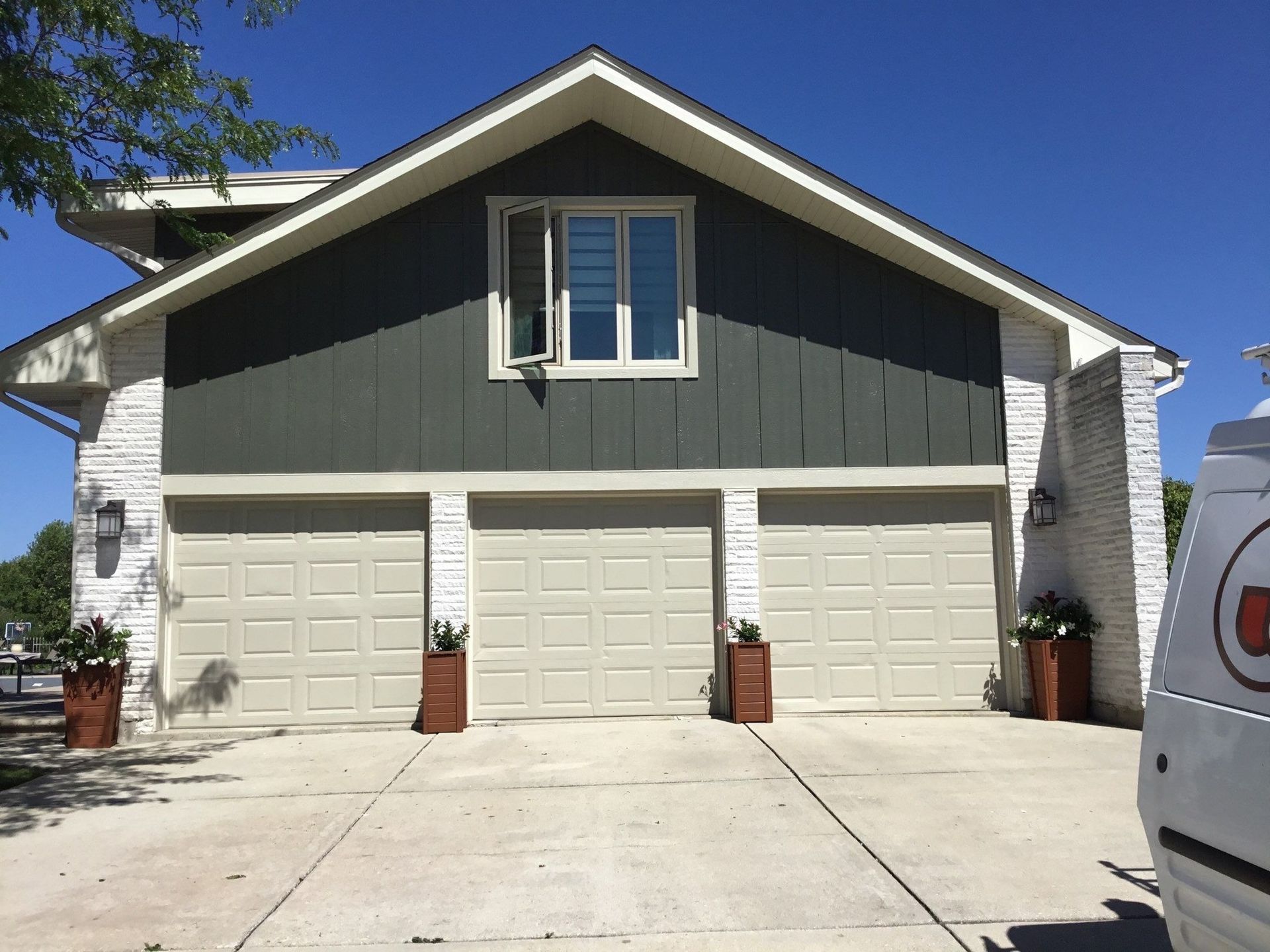
Every painted surface around the house deserves to be even and smooth to the touch. If you’re experiencing bubbling, blistering, or peeling paint don't lose heart! It's fixable.
Speaking of pros, if you’re looking for one, Jondec Painting is here to help. Give us a call and our team will be happy to assist you with your painting needs!
Share
Let's Talk Paint!
